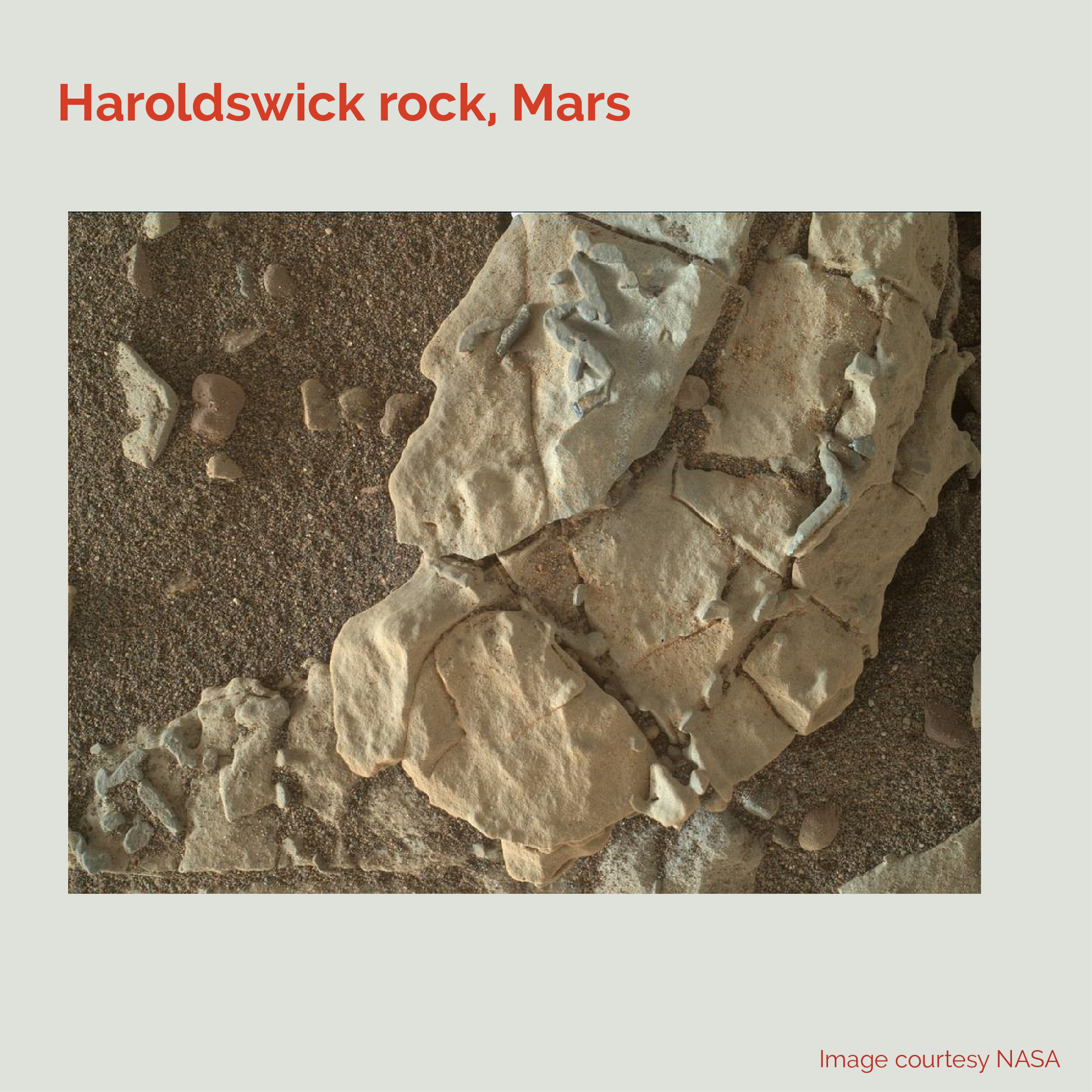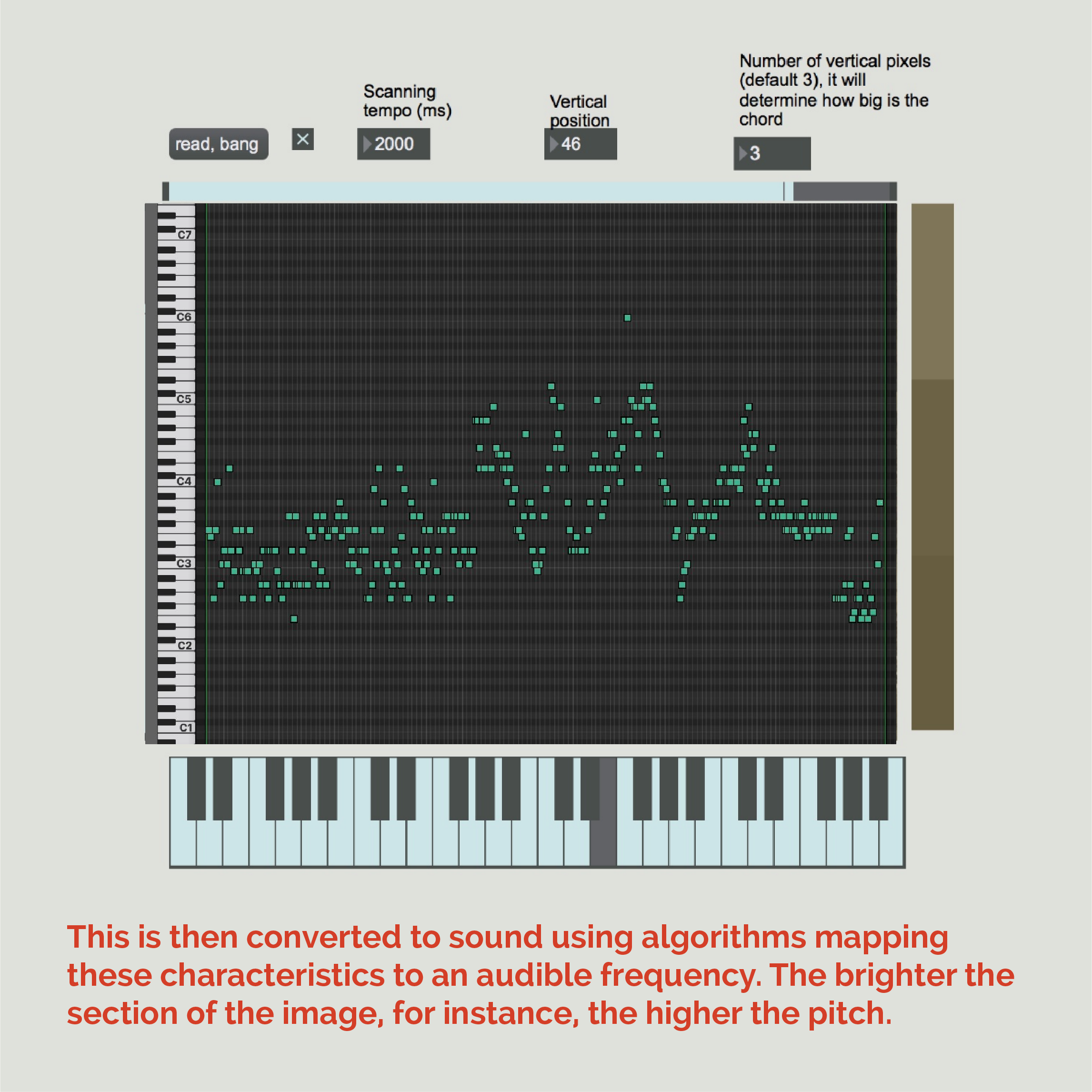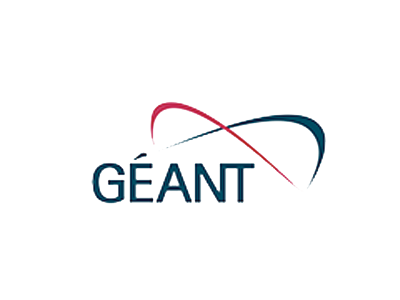
What does Mars sound like? Turning the red planet’s data into music
Ever wondered what the planets sound like? As intrepid spacecraft roam the cosmos, the eerie sounds of outer space have long intrigued us. Which is why an innovative new artistic and scientific project is taking data from NASA’s Mars Exploration Program, and turning it into music.
Result? A completely new way of studying this fascinating planet—with wider implications for science as a whole. The Mars Soundscapes project uses sonification to transform data from the Mars Global Surveyor spacecraft, and images from rovers, Curiosity and Opportunity.
What is data sonification and how does it work?
Sonification is the translation of data and scientific information into audible signals, like melodies and sounds. To see how it works, let’s look at this image of Haroldswick rock, taken by the Mars rover, Curiosity, on February 8th 2018:
Why is this project important?
The process of sonification is relevant for science because it gives us a different medium through which to explore data. Listening to data through sound and music is a really natural way for us to experience melodies and rhythms; we’re naturally better at picking out patterns and anomalies with our ears than with our eyes. We can also perceive multiple streams of data at one time, so we can have a multidimensional representation of a data set.
How is GÉANT involved?
The sonification process uses the EGI (www.egi.eu) computing infrastructure, connected through the GÉANT network (www.geant.org) and its European NRENs partners. This creates a mesh of computers working together seamlessly. Only distributed grid computing like this can provide the high-bandwidth needed to turn millions of pixels into sound waves. These collaborative computing networks can be used to accelerate scientific discovery across many domains. As well as space exploration, we can study weather changes and volcano eruptions. In health science, it can be used by scientists to develop better diagnositic tools.
Listen to a snapshot from Curiosity, some dunes on Mars, converted into a harp duet: https://soundcloud.com/user-298230892/nasasc18-curiosity-marsdunes
This article was first published on GÉANT Impact website.
For more information please contact our contributor(s):






